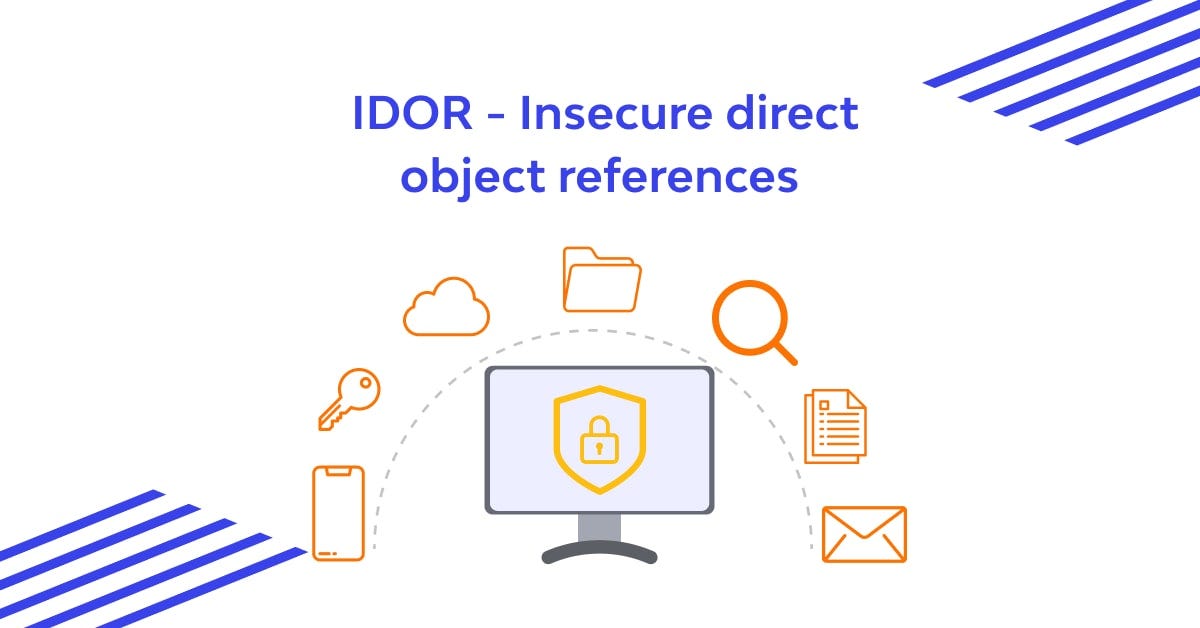BOOK THIS SPACE FOR AD
ARTICLE ADIntroduction
In today’s interconnected world, security breaches have become a persistent concern for individuals, organizations, and even governments.While much attention is given to advanced hacking techniques and sophisticated malware, one often overlooked threat is security misconfiguration.Despite its understated nature, security misconfiguration remains a significant vulnerability, leading to data breaches, unauthorized access, and compromised systems.This article aims to shed light on security misconfiguration, its implications, common causes, and best practices to mitigate this often underestimated risk.Understanding Security Misconfiguration:
Security misconfiguration refers to the improper configuration of system components, frameworks, and applications that leave them vulnerable to exploitation.It occurs when security settings, defaults, or access controls are left in their default or weak state, allowing attackers to easily identify and exploit weaknesses.These misconfigurations can range from simple errors, such as leaving default passwords unchanged, to complex misconfigurations in web servers, databases, or cloud infrastructure.Implications of Security Misconfiguration:
The consequences of security misconfiguration can be severe, both for individuals and organizations.Unauthorized access, data leaks, and system disruptions are just a few of the potential outcomes.Attackers exploit misconfigurations to gain access to sensitive data, compromise user accounts, inject malicious code, or disrupt critical services.Furthermore, security misconfigurations can lead to compliance violations, reputational damage, financial losses, and legal implications.Common Causes of Security Misconfiguration
Several factors contribute to security misconfigurations, and understanding these causes is crucial for effective prevention. Some common causes include:
Lack of Awareness and Training: Insufficient knowledge about secure configuration practices can lead to unintentional misconfigurations. Organizations must provide comprehensive security training to personnel responsible for configuring systems.Poor Default Settings: Software and hardware often come with insecure default settings. Failure to change these defaults during installation or deployment can leave systems exposed.Complexity and Scale: Complex systems, such as cloud infrastructure or distributed networks, increase the likelihood of misconfigurations due to their intricate nature and a multitude of configuration options.Manual Configuration Errors: Human error is a prevalent cause of security misconfiguration. A single mistake during the manual configuration process can leave systems vulnerable.Best Practices for Mitigating Security Misconfiguration:
To mitigate security misconfiguration risks, organizations should adopt a proactive and systematic approach. Here are some best practices:
Regular Auditing and Scanning: Conduct regular security audits and vulnerability scans to identify misconfigurations and promptly address them.Secure Defaults and Automated Configuration: Use secure defaults for all software and hardware components and automate configuration processes to reduce manual errors.Principle of Least Privilege: Implement the principle of least privilege, ensuring that users and applications have only the necessary access privileges and permissions.Patch Management: Keep all software and firmware up to date by promptly applying security patches and updates provided by vendors.Secure Configuration Guides: Refer to security configuration guides provided by software vendors and industry best practices to ensure proper configuration.Continuous Monitoring: Employ continuous monitoring mechanisms to detect and respond to misconfigurations and anomalies in real-time..png)
 11 months ago
68
11 months ago
68 














 Bengali (Bangladesh) ·
Bengali (Bangladesh) ·  English (United States) ·
English (United States) ·